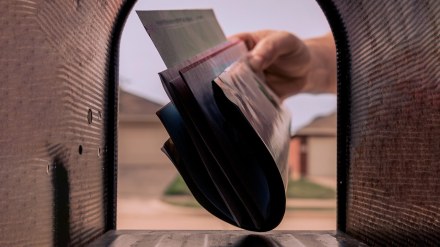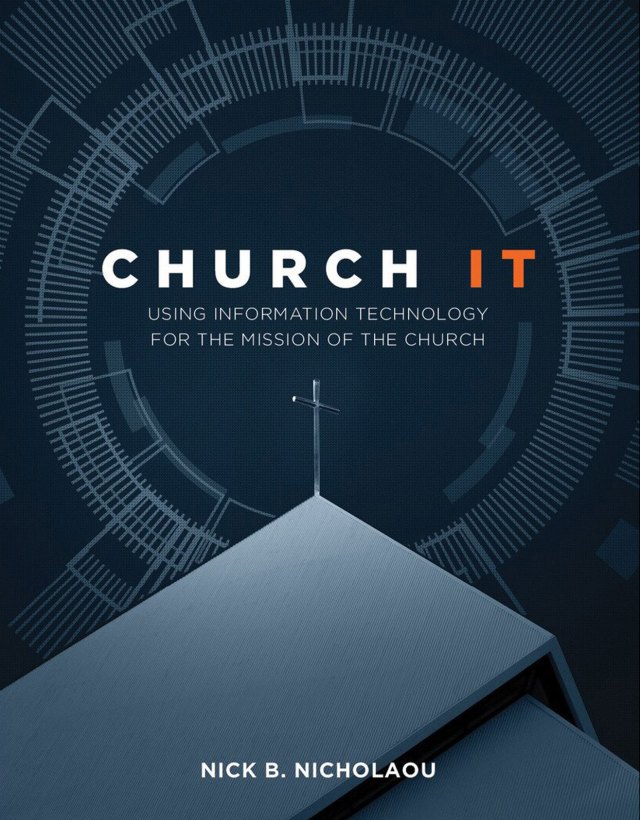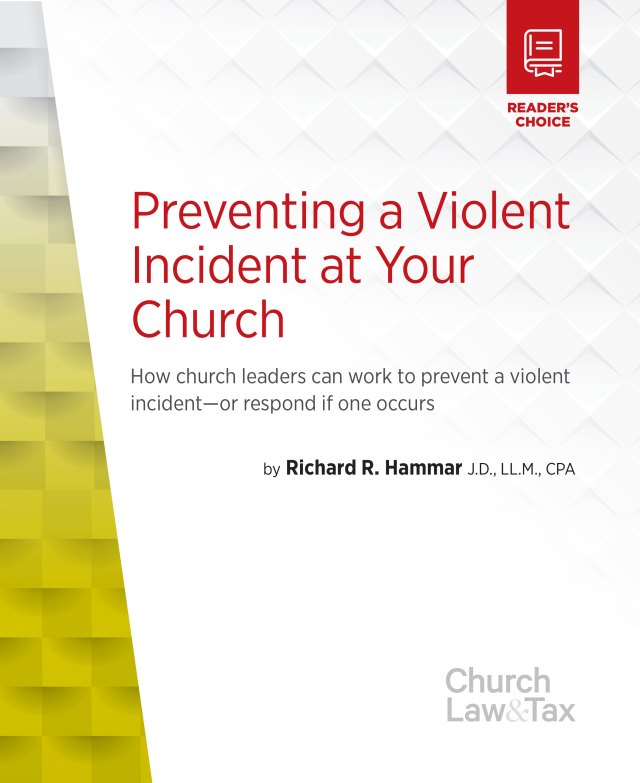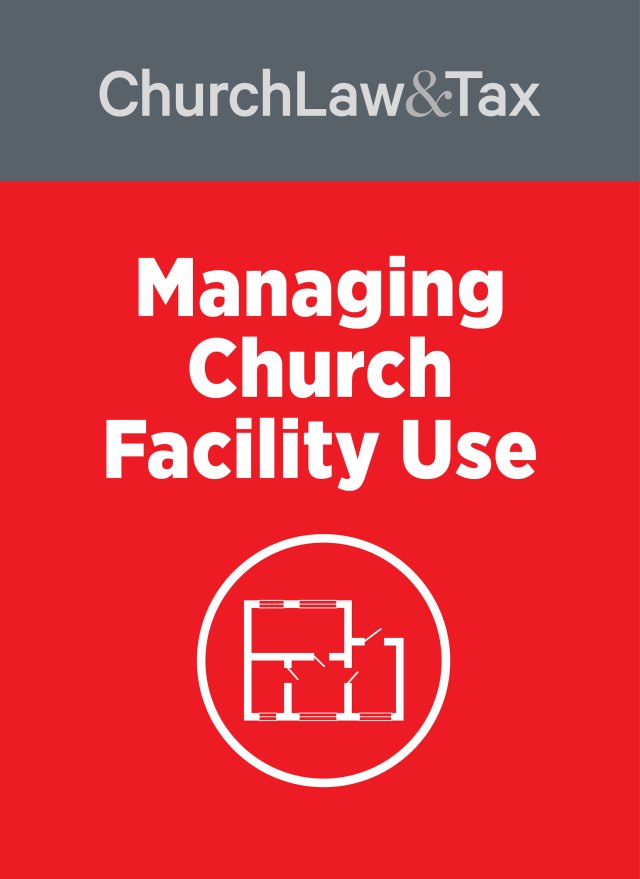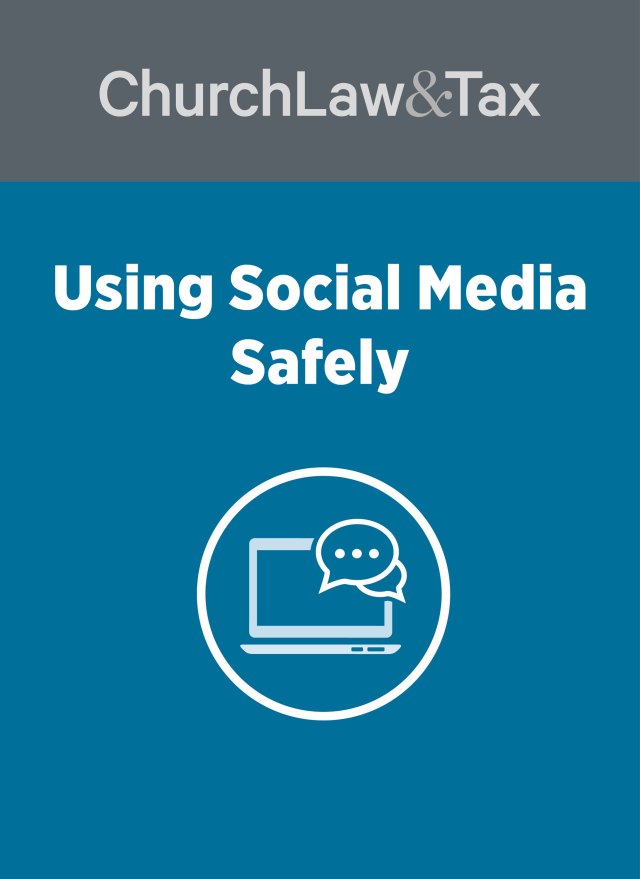The possibility that someone would steal from the mailbox at Peace Presbyterian Church in Cary, North Carolina, wasn’t on the church’s radar. That changed when a detective from the local police department paid the church office a visit in December of 2019.
Detective Clinton Babb delivered the disturbing news that a large check written to pay a full year of the donor’s tithes had been cashed and deposited by someone other than church staff.
Soon after this news, law enforcement officials learned that other checks had been stolen from Peace Presbyterian and that other churches in the area had also been victimized.
Along with that, Parishioners of Peace Presbyterian kept discovering missing donations while processing their tax returns. “One donor was doing his taxes and wanted to itemize. He realized that his donation records didn’t match ours,” said Todd Blonshine, office and facilities manager for the church. In late February 2020, Peace Presbyterian reported that 19 checks from its donors worth approximately $25,000 were missing.
“Many in the congregation were surprised that anybody would do this,” Blonshine said. “For the people who have been the victims of this, the reaction has ranged from ‘Okay, we can figure this out’ to total dismay and discouragement.”
The problem of thefts from mailboxes extends far beyond Cary. According to media reports, similar incidents have sprouted up along the East Coast and from Texas to Wisconsin. Outgoing mail was has been stolen as well, such as a theft of church bill payments from mailboxes in Austin, Texas.
What a video camera revealed
After learning of the multiple missing checks, Blonshine and other church staff did some detective work of their own.
They started by reviewing their internal procedures. The church keeps all checks received in a locked safe and deposits them digitally within a week of receipt. The checks are then shredded. Those safeguards ruled out the possibility that thieves were somehow getting into the church building and gaining access to the safe.
This led them to turn their attention to the church’s non-locking mailbox, which was monitored by a security camera. After viewing hours of video footage, church leaders found an explanation.
Video showed that at 2 p.m. on a Saturday during a church event, two men were seen rifling through the mailbox. The thieves drove into the parking lot, opened the mailbox, quickly sorted its contents, found what they wanted, put the other mail back, and then drove away.
The security cameras were able to get good images of the men’s faces and the license plate of their vehicle. The video images were sharp enough to help police launch an investigation that is still active and widening in scope.
The Cary Police Department would not comment on the details of the active investigation other than to say it will likely be turned over to US postal inspectors as a federal case.
Preventive measures
There are a number of measures churches can take to cut down the chances of mail theft, including the following.
Consider moving the mailbox
Mailboxes that are poorly located may attract thieves. “If you can’t see your mailbox from within your organization, then it needs to move,” said Leslie DeMattia of DeMattia Consulting, who advises churches on security issues.
Moving a mailbox as close as possible to the church office, or within range of a security camera, is a much more secure alternative than a solitary mailbox by the roadside. (A church may not have the ability to place a mailbox anywhere it wishes. This will depend on postal regulations and local zoning ordinances.)
Invest in lockable mailboxes
Though the thefts took place in a variety of churches, one element was common: the thieves took checks from unsecured church mailboxes. Church leaders should ensure that the mailbox is locked. Lockable mailboxes can cost as little as $80, depending on the size required.
Companies such as Jayco, Mail Boss, and Qualarc manufacture lockable mailboxes. They are sold at big box hardware stores and can also be ordered online from Amazon and Mailboxes.com.
Encourage donors to review their bank records regularly
Donors often do not notice that a check is missing until they examine the church’s year-end donor statement. Encourage the congregation to regularly check bank records and to report if a donation check appears not to have been cashed within a reasonable amount of time.
Timeliness is extremely important, stressed CPA Nathan Salsbery, executive vice president of CapinCrouse, which provides audit, tax, consulting, and cybersecurity services to nonprofits. Salsbery, who is an expert in fraud prevention and forensic accounting, noted that some laws are in place that limit the time a bank is required to reimburse funds to a customer in the event of a theft. It is important for a church to seek legal counsel and understand the applicable laws in their jurisdiction, said Salsbery.
Regular account reconciliations by your church
At a minimum, churches should conduct account reconciliations monthly. This is key to discovering a missing check as soon as possible. (If the stolen check is a donor check, the church should encourage the donor to promptly follow up with the bank.)
Look for abnormalities in giving
There may be occasions where a check is not received from a donor who has a routine habit of contributing. If a church has a strong enough relationship with that donor, staff should reach out and see if the check had been sent—not in a spirit of hounding the donor for contributions but to determine if the funds have been intercepted and redirected by mail thieves.
The challenge is even greater if an occasional or one-time donor has issued the missing check. “It would be very difficult for a church to even know if such a theft is occurring if it’s more of a random check that’s being sent to the church from someone who doesn’t give regularly,” said Salsbery.
Invest in security cameras
The progress made by investigators in Cary, North Carolina, might not have been possible if Peace Presbyterian’s deacons had not decided to invest in security cameras. For “a reasonable price,” Blonshine said, the church installed 25 cameras around the property.
Cameras can be part of an elaborate security system or can be lower-cost alternatives such as Ring cameras that can be monitored from smartphones. A small indoor camera from Ring costs approximately $60. An indoor/outdoor unit called a Stick-Up Cam is approximately $200 and can be powered by Ethernet connection.
Consider installing lock boxes for packages.
Along with mailbox theft of checks, the pilfering of packages has become a growing problem. Churches can prevent package theft by installing lock boxes and consulting with the USPS and major delivery companies to install and maintain them.
Still, the church should have a plan for packages that are too large to fit even a box made for packages. If such a package arrives when the church is closed, it should have someone authorized to pick it up when it arrives. If you are expecting a package after work hours, or even during work hours, track the shipment through the delivery company website—such as usps.com, Amazon, or other delivery company, or sign up for email and text alerts with the originating delivery company. Be ready bring the package inside as soon as it arrives.
Use a PO box
One way to avoid the problem of a physical mailbox is to sidestep its use. Post office (PO) boxes are the most tried-and-true way to accomplish this. Peace Presbyterian decided to do this after their mailbox theft.
“Churches that have post office boxes do not have this issue,” Blonshine said. “Banks will do this, too. Our bank notified us that we could set up a box at the bank where they would take checks and deposit them directly to our account.”
Encourage online giving
Another option would be to create a system that avoids paper checks through online giving. “Churches should encourage online giving,” Salsbery said. “Anything that’s electronic will eliminate the risk of someone physically stealing a check or cash.” He added that another way to avoid creating a physical check is to encourage donors to give through a smartphone app.
Other steps recommended by the USPS
Additional security steps recommended by the United States Postal Service (USPS) include:
- Remove mail from a mailbox immediately after delivery, especially if checks or other negotiable items are expected. Don’t let incoming or outgoing mail sit in a mailbox.
- Give outgoing mail by hand to the letter carrier, take mail directly to a post office, or place in a blue curbside collection box. Drop mail in the blue boxes as close to the listed pickup time as possible.
- If a church is going to be closed for an abnormal period, such as a holiday weekend, arrange to have mail held and delivered at a later date.
A USPS tip sheet advises calling local police if suspicious activity is observed near a mailbox. Then contact a postal inspector. Dial 877-876-2455 and say “theft.” You can also submit an online complaint at uspis.gov.
Develop a procedure
A church’s mail policy can include a set of standard operating procedures for handling incoming and outgoing mail.
“The safest way is to deliver directly to a person,” DeMattia said. “But churches have done all kinds of things to contain costs and that can mean being closed on a Friday or a Monday. On those days, I would recommend a lock box and having someone available to check that immediately.”
Mail carriers can be equipped with keys to use when delivering and extracting mail. Another way the postal service can cooperate is by varying delivery times to throw off any potential thieves who are looking for a routine pattern of delivery. (Check with your mail carrier or local post office to see if these are options for your church’s mail delivery.)
Often, church offices have open mailboxes or bins for outgoing mail. Avoid any situation where an unauthorized person can walk by and grab what’s in the outgoing mail pile.
When a check is missing
Report missing checks to both law enforcement and postal inspectors to increase the chances of a strong response, advised DeMattia. “I would also reach out to the local district attorney, who can put out a public caution,” she added.
Churches and donors can hasten the process of recovering stolen money if the bank is contacted immediately after the discrepancy is discovered. If the stolen check is a donor check, the church should encourage the donor to promptly follow up with the bank.
“If it’s within a few weeks or in a monthly cycle and they see a check that appears to have been altered or manipulated, immediately contact the bank. Most banks will have good processes in place to help their customers,” Salsbery said.
Bank protocol should be followed to stop payment on a stolen check. If the check has already been cashed, banks should have procedures in place to try and restore the funds.
Check your bank’s insurance coverage for recovering money from theft. Salsbery noted that “FDIC insurance only covers bank failure, not theft or fraud. Most banks have private insurance for loss due to fraud.”
Peace Presbyterian has an extra layer of protection in place in the form of liability insurance that covers theft of property, including any donation up to $5,000 per incident or day.
If funds are stolen, be prepared to wait for the recovery. By late February, Peace Presbyterian had recovered approximately $16,000 from the December thefts. The bank told Blonshine that the typical time to recover funds is between 90 and 120 days, but it can be longer.
For a very small church on a tight budget, the theft of a contribution can have a more damaging effect. These churches have even more solid reasons to be vigilant about bank statements and to watch for irregularities.
Be vigilant
At Peace Presbyterian, the initial shock and frustration has worn off, replaced by vigilance and a search or anything redemptive that can be gleaned from the experience.
“I was spending a lot of time looking at video, which is horribly mundane, and asking God why he would allow this to happen to our church,” Blonshine said. “The answer was so that [the thieves] could get caught. It turns out that our video footage was the one that opened up the case.”
Lee A. Dean is a freelance writer and editor from Plainwell, Michigan.
